Change Location
You are about to enter the PAJUNK® GmbH
Medizintechnologie (global) website.
If you are from United States,
visit the U. S. Website:
 pajunkusa.com
pajunkusa.com
You are about to enter the PAJUNK® GmbH
Medizintechnologie (global) website.
If you are from United States,
visit the U. S. Website:
 pajunkusa.com
pajunkusa.com
You are about to enter the PAJUNK® GmbH
Medizintechnologie (global) website.
If you are from United Kingdom, Ireland, Malta or India,
visit the UK Website:
 pajunk.co.uk
pajunk.co.uk
The new “Visual Pressure Control” (VPC) by Pajunk developed in collaboration with Prof. Dr. med. Dietmar Enk and Dr. med. Günter Michaelis, offers a visual indication of the Loss of Resistance during epidural procedures. The VPC is a reliable alternative to the conventional Loss of Resistance technique, by visually indicating even the smallest pressure change. As a result, a more objective needle tip placement and increased patient safety are allowed.

The VPC follows the principle of Boyle’s Law that states that the product of pressure and volume are constant. The VPC has a special plunger that comes with a built in capillary and integrated magnifier. Pressure builds up a column in this capillary, which is visible in the magnifier.
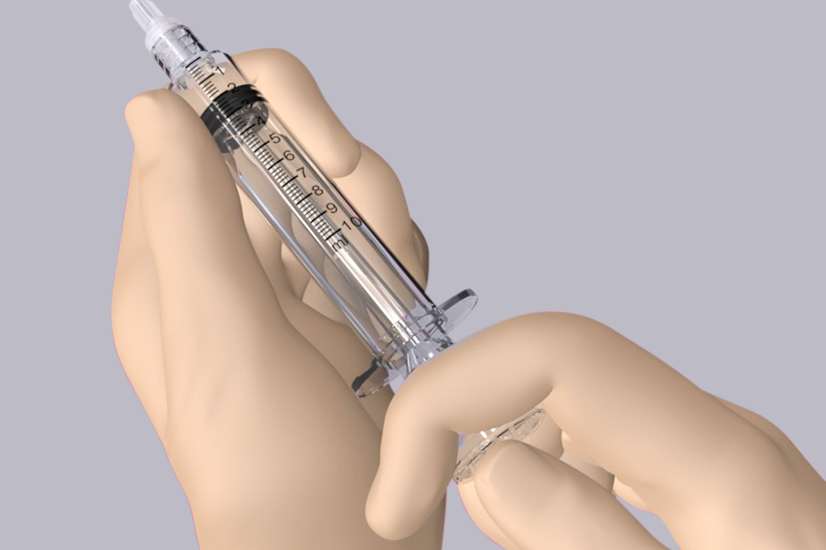

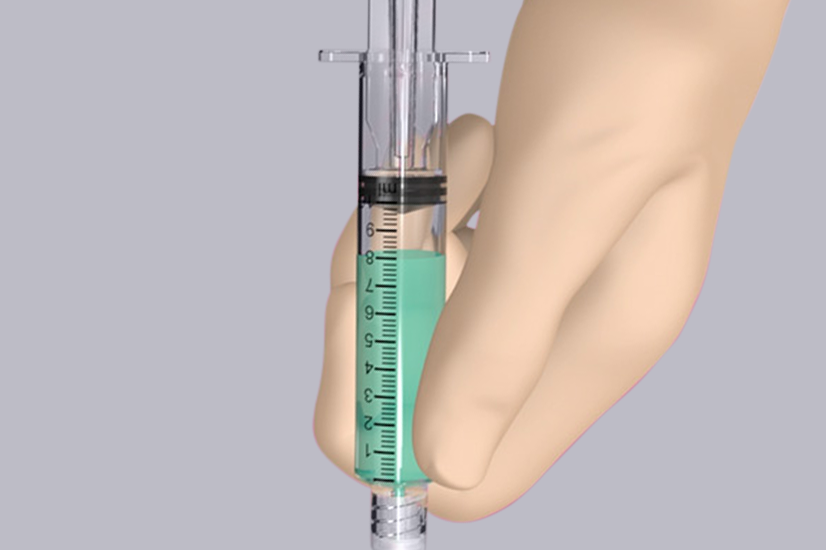

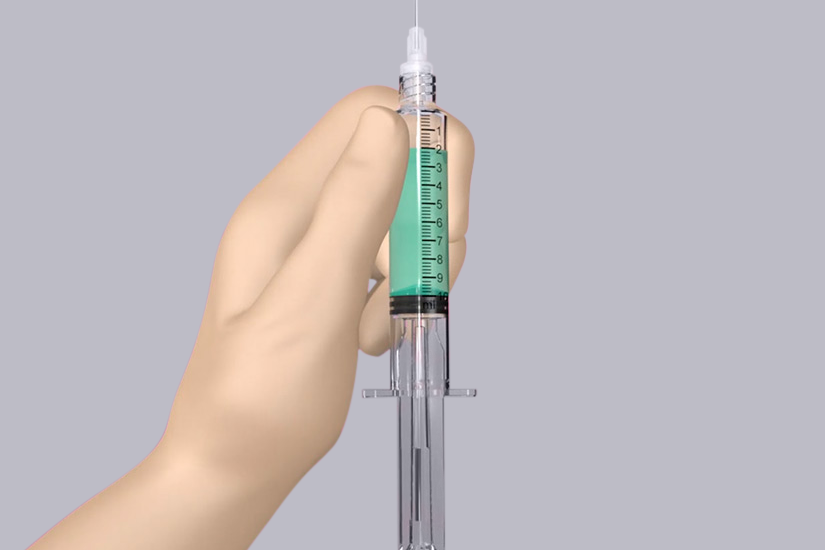




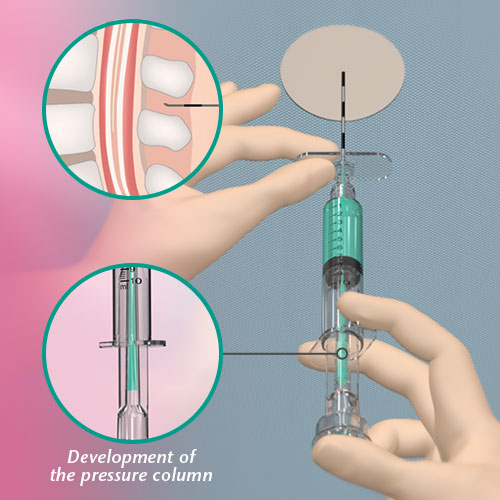

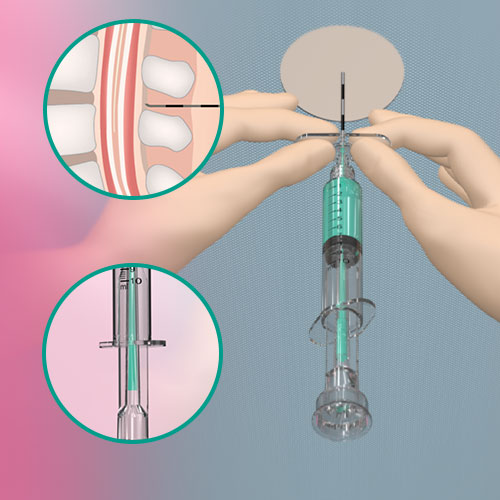

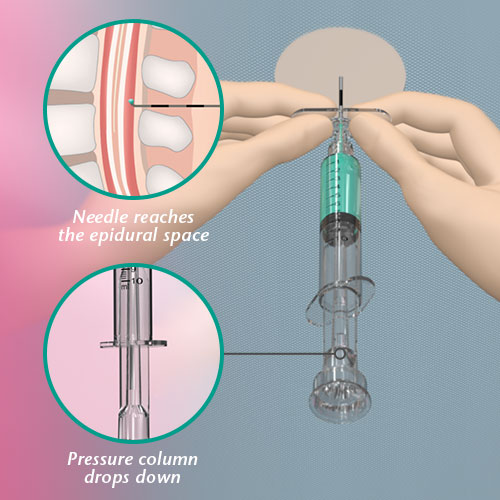

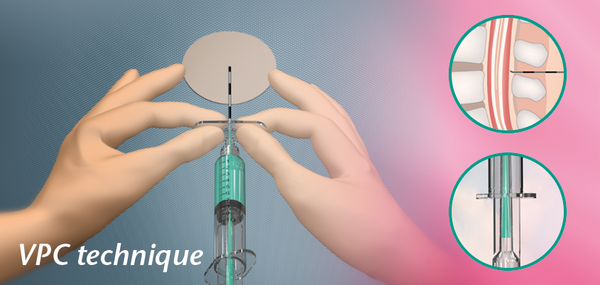
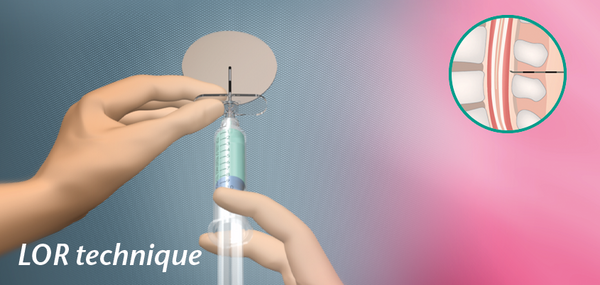

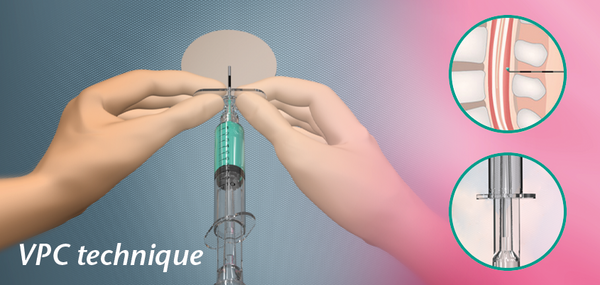
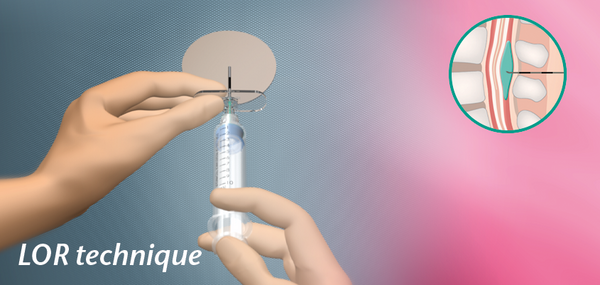

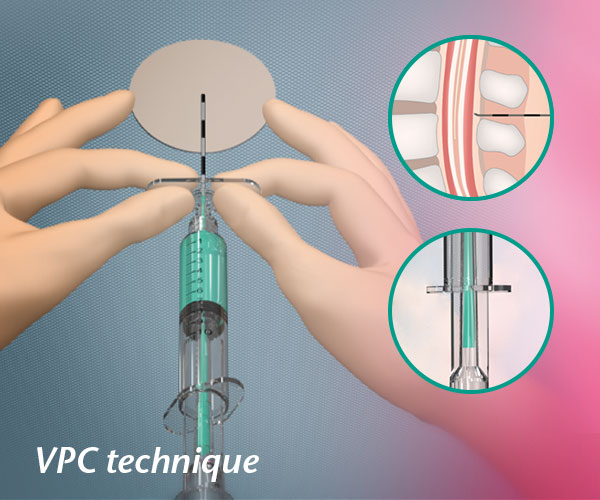
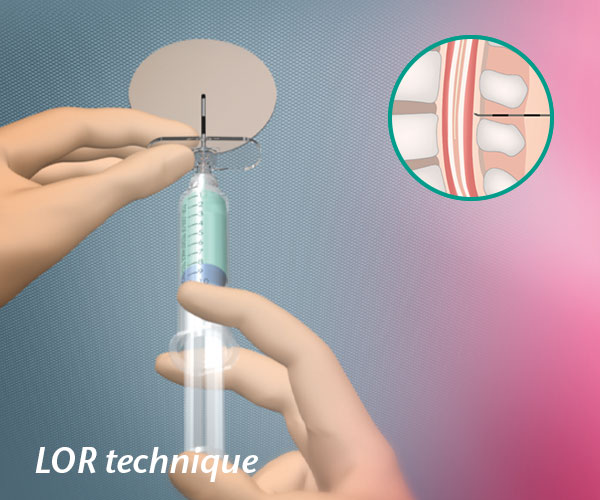

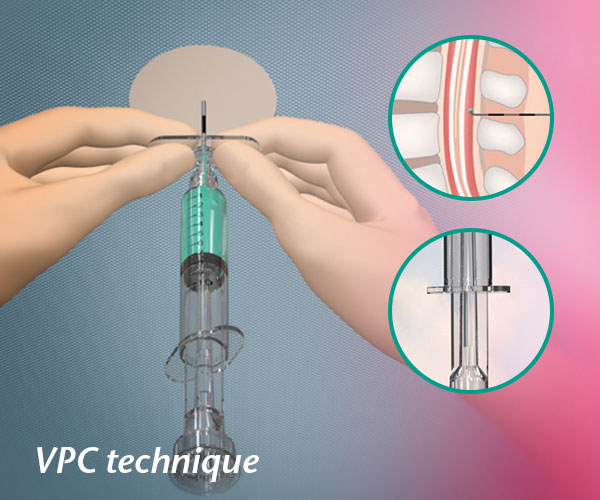
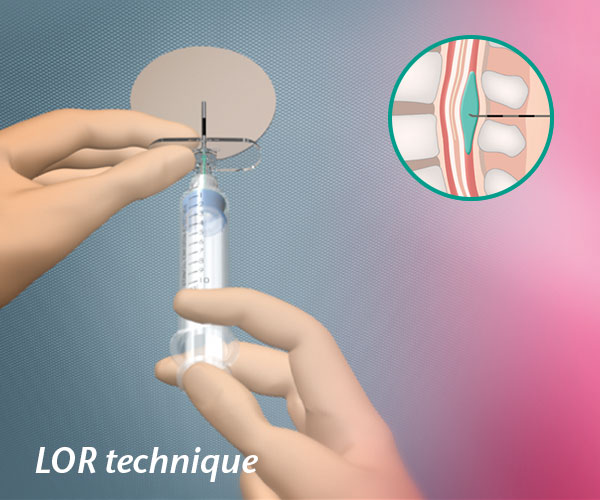

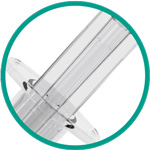

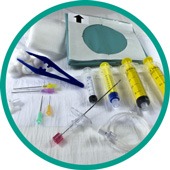
| Item description | Item no. LUER | Purchase Unit |
|---|---|---|
|
EpiLong VPC / 10ml / Lock |
0001151-49 | 10 |
| Item description |
EpiLong VPC / 10ml / Lock |
|
|---|---|---|
| Item no. LUER | 0001151-49 | 10 |
| Item description | Item no. LUER | Purchase Unit |
|---|---|---|
|
18G x 90mm (3 1/2") Tuohy needle with plastic stylet / 20G x 90cm (35") EpiLong catheter with closed tip and three lateral openings / Clamping Adapter / Filter 0,2µm / FixoLong / VPC 10ml Lock |
0341152-51 | 10 |
| Item description |
18G x 90mm (3 1/2") Tuohy needle with plastic stylet / 20G x 90cm (35") EpiLong catheter with closed tip and three lateral openings / Clamping Adapter / Filter 0,2µm / FixoLong / VPC 10ml Lock |
|
|---|---|---|
| Item no. LUER | 0341152-51 | 10 |
| Downloads |
|---|
EpiLong VPC Clinical Brochure
|
Studies:
1 Castromán, P., Surbano, M. Epilong Visual Pressure Control (EpiLong VPC®) para detectar el espacio epidural cervical: evaluación del rendimiento mediante el método de la suma acumulativa (CUSUM), Revista Latinoamericana del Dolor, Vol. 1, No 1, 2023
NRFit® is a registered trademark of GEDSA and is used with their permission
